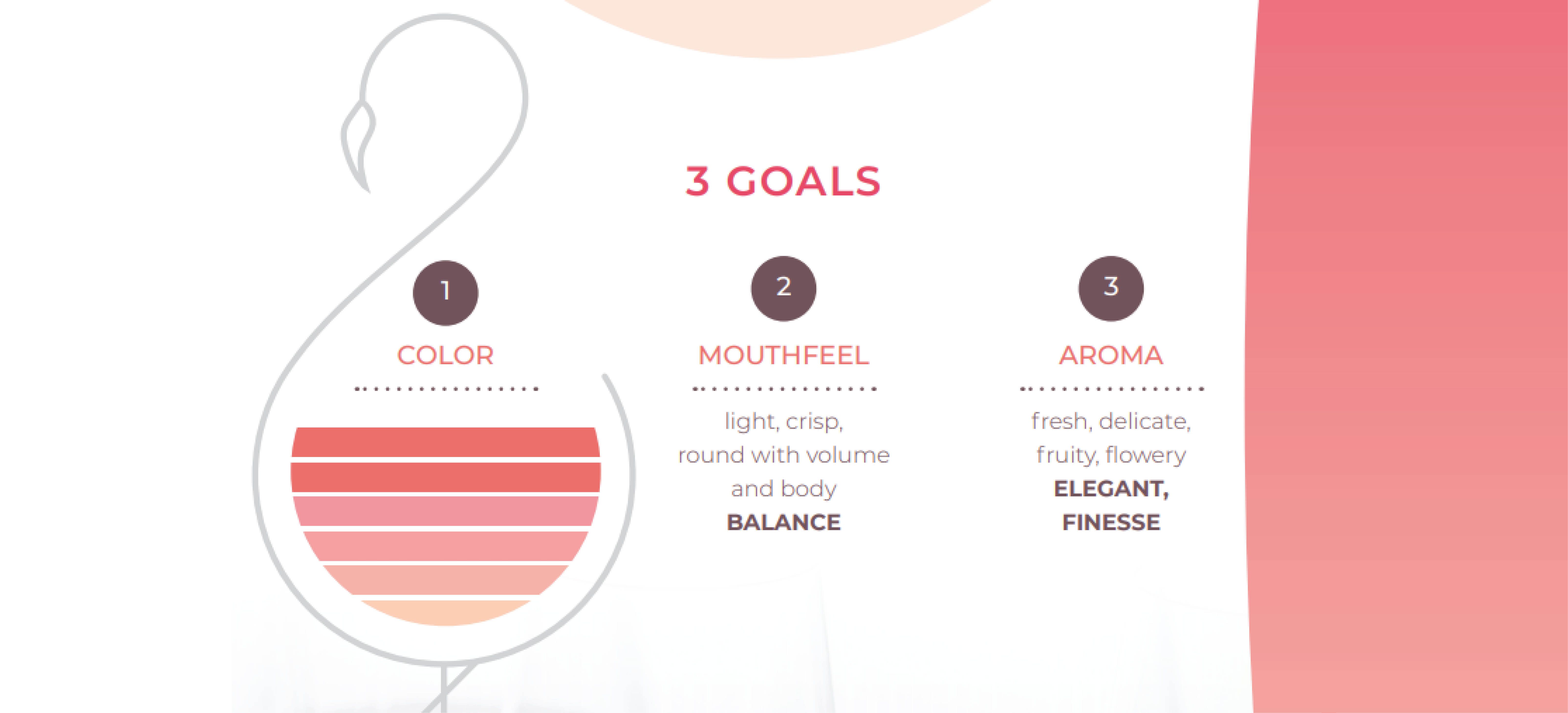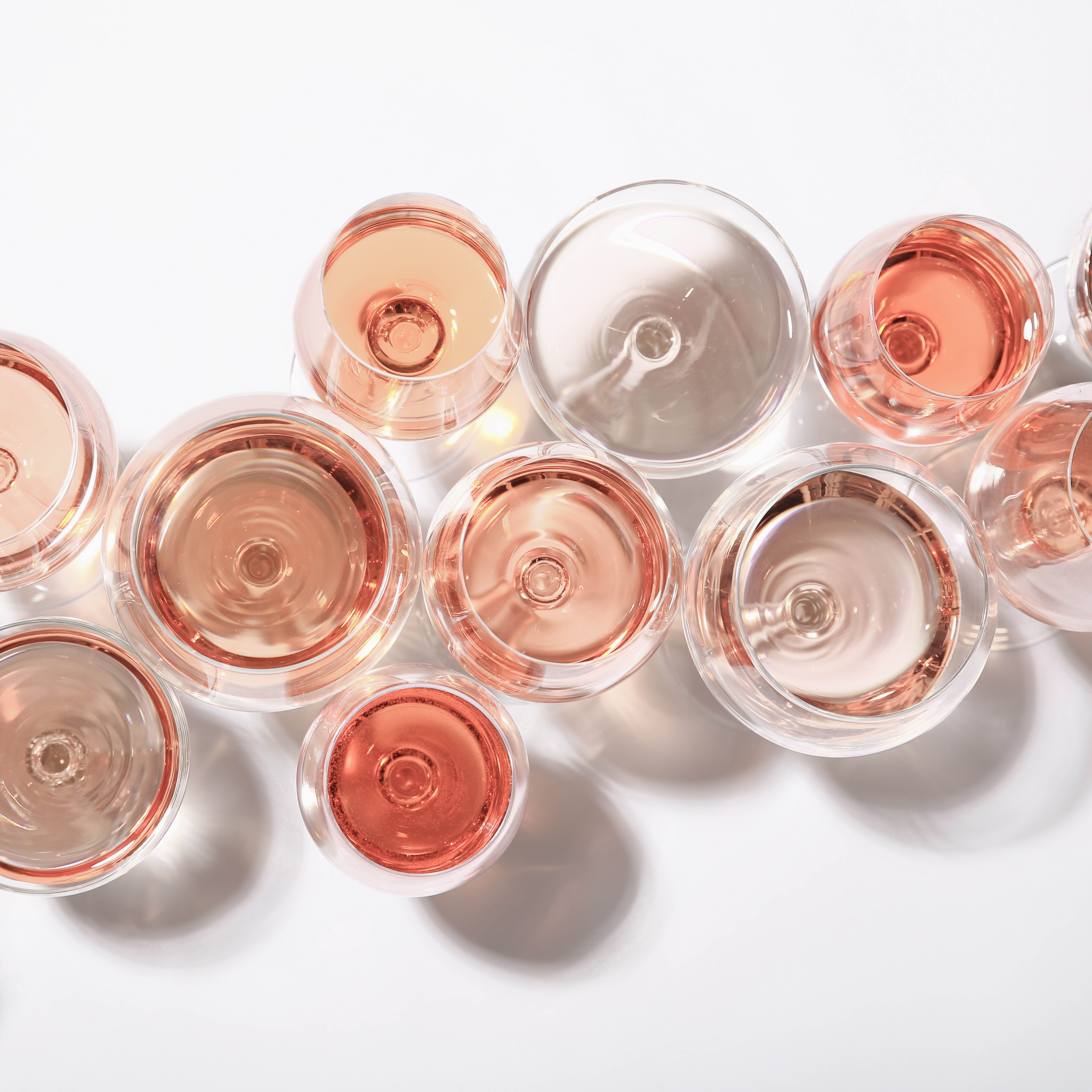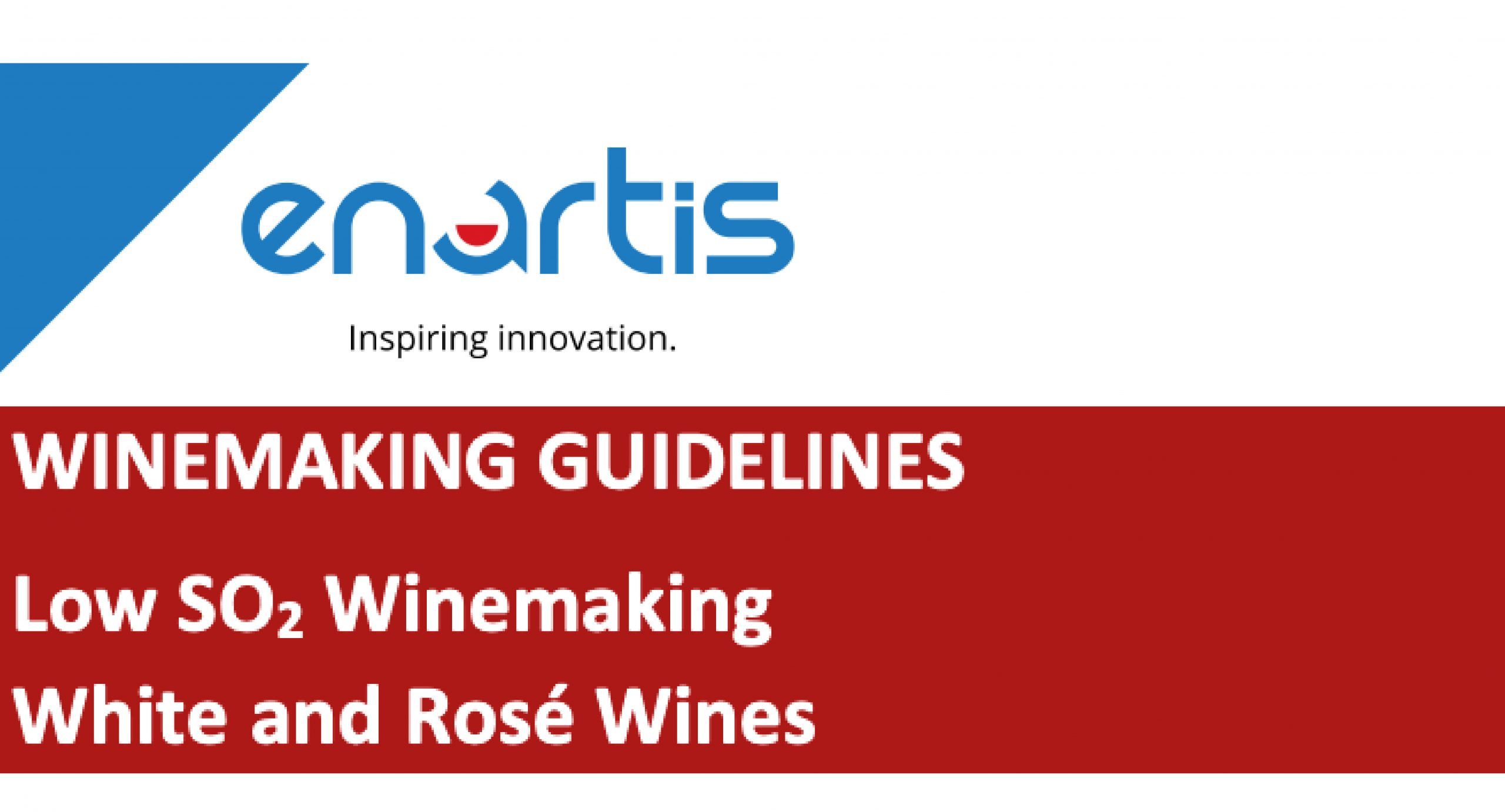Rosé Winemaking: Tips and Tricks on how to Make a Perfect Product
The production of rosé wine is delicate and requires controlled winemaking from harvest through bottling.
Rosé wines are defined by their ‘pink’ color and their simplicity, elegance and freshness. The production of rosé wine is delicate and requires controlled winemaking from harvest through bottling. Whatever the wine style, some steps in rosé wine production are critical: in each of the three production phases (pre-fermentation, fermentation and post-fermentation), you should consider a series of factors that can influence the achievement of the three objectives in the success of a good rosé: color, mouthfeel and aroma.

Harvest
Start planning for making rosé wines in the vineyard and base picking decisions on the balance between acidity and sugar. Healthy fruit and early acid adjustment are highly recommended.
Harvest overnight or early morning for cool grapes and avoid long transport times and maceration in transport bins.
Destemming is preferred to avoid extracting herbaceous aromas and green tannins.
Protection against Oxidation
Enzymatic reactions are mainly responsible for oxidation in juice, causing loss of polyphenols, browning, production of vegetal characters and loss of varietal aromas.
Work at low temperatures for all pre-fermentation steps to slow down oxidation reactions.
• Reduce oxygen contact by working fast and under inert gas
• Use complete antioxidant protection on grapes and limit SO2 use
• Improve color, polysaccharide and aroma extraction, increase free run yield, improve clarification and help protein stability with enzymes
• Fine out oxidation precursors, oxidized molecules and off-aromas in juice if needed
• Increase antioxidant protection and protect fresh aromas by removing heavy metals, catalyzers of chemical oxidation reactions
Promote the Synthesis of Fruity, Fresh, Complex and Elegant Aromas
The synthesis and release of aromas happens during fermentation and depends on yeast, yeast nutrition and aromatic precursors.
• Yeast strains strongly impact the aromatic profile of wine due to their composition, enzymatic activities and metabolism.
• Yeast nutrition is key to optimize the effect yeast, limit off-flavor development and enhance fermentation aroma production.
• Juice turbidity impacts yeast stress and aroma production; we recommended working with juices between 80-200 NTU.
• Fermentation temperature changes yeast metabolism and enzymatic activities: Low temperatures (54 – 57 °F) promote ester and acetate production, while higher temperatures (61- 65 °F) increase varietal character expression.
DO YOU WANT MORE INFORMATION?
Contact us by filling out the form to receive information about the best products for the production of rosé wines, delivery times and prices.

How can Enartis help with your rosé production?
Enartis has developed a wide range of products to help you throughout the rosé production process with specific solutions for every stage:
AST: Potassium metabisulfite, ascorbic acid and hydrolyzable tannins for complete antioxidant protection of grapes.
EnartisZym Arom MP: A maceration enzyme that improves color and protein stability, polysaccharide and aroma extraction and increases free run yield.
EnartisZym RS: A rapid pectolytic enzyme to speed up settling.
Claril SP: A fining agent that removes oxidation precursors, oxidized molecules and off-aromas.
EnartisPro FT: PVI/PVP and yeast cell walls rich in antioxidant sulfur-peptides that remove heavy metals which catalyze oxidation reactions and improve wine antioxidant protection and aging potential.
EnartisFerm and Nutriferm Ranges: Yeast and nutrients with specific characteristics for different wine styles.
EnartisTan Range: Tannins to enhance aroma production.
Incanto NC White: Inactivated yeast and tannin which protects juice from oxidation and prevents the appearance of reductive odors. Additionally, it provides light floral and vanilla notes, increases fresh fruit aromas and enhances softness and volume.
EnartisPro Range: Fermentation polysaccharides to balance mouthfeel.
EnartisStab SLI: Stabilizing agent that helps to maintain a low redox potential and consequently preserve greater aromatic and chromatic freshness.
Citrostab rH: Citric acid, ascorbic acid, potassium metabisulfite and gallic tannins to stabilize wine redox potential and prevent post-bottling oxidation reactions.
Zenith UNO: Stabilizing agent, solution of A-5D K/SD potassium polyaspartate (KPA) and sulfur dioxide (US Patent No. US 10,508,258 B2), highly effective for tartrate stabilization alternative to cold stabilization, to minimize the risk of oxidation.
DO YOU WANT MORE INFORMATION?
Contact us by filling out the form to receive information about the best products for the production of rosé wines, delivery times and prices.


